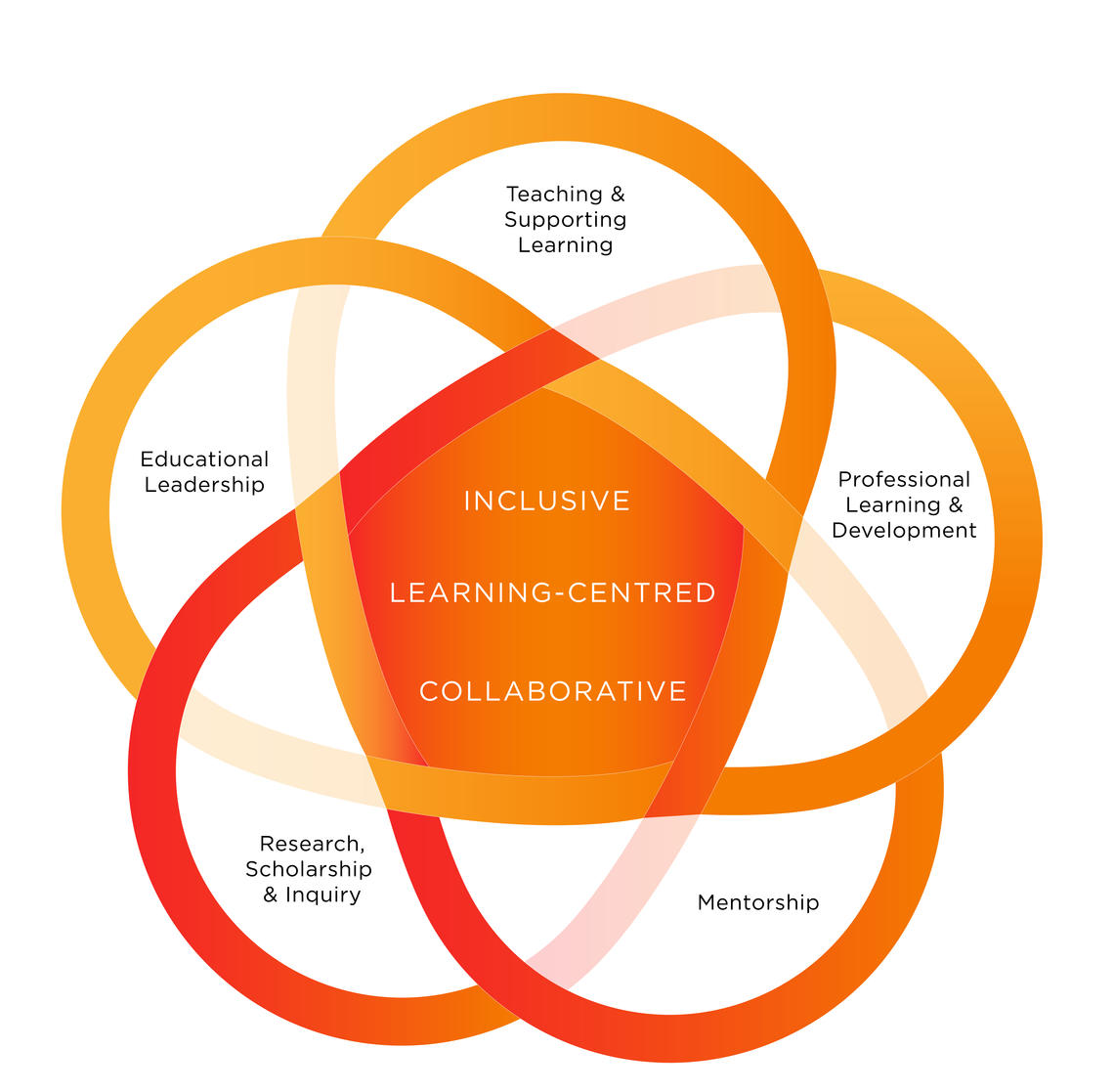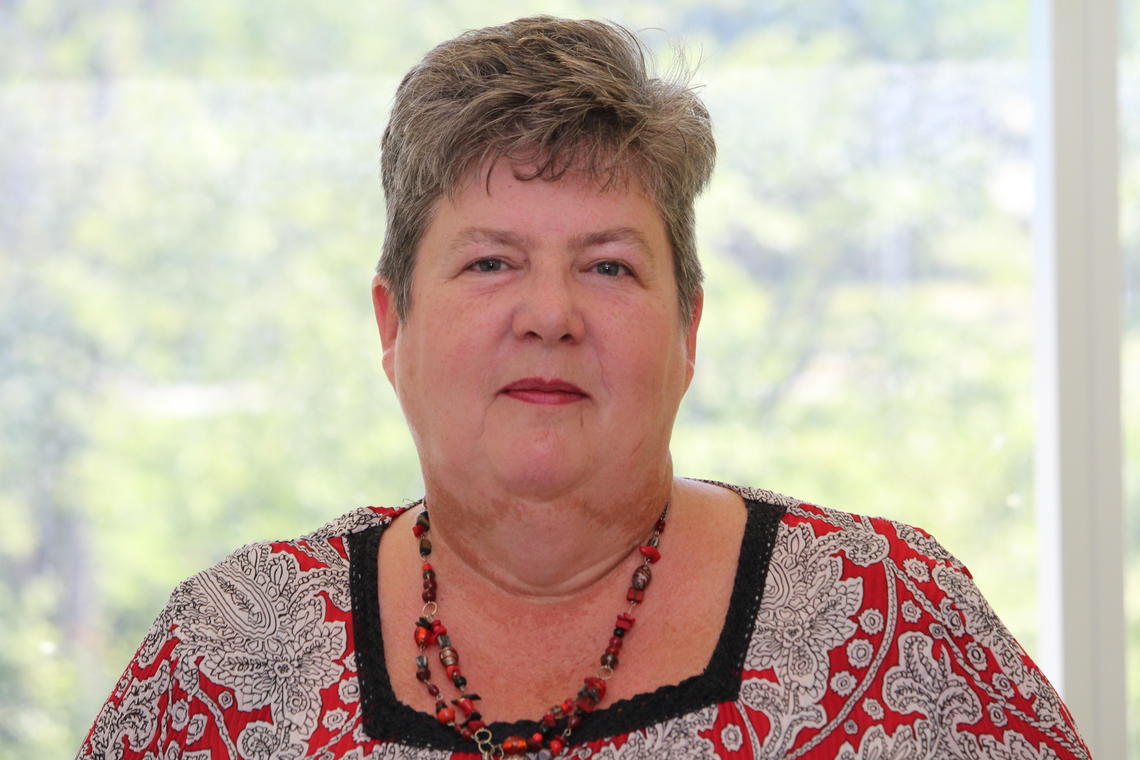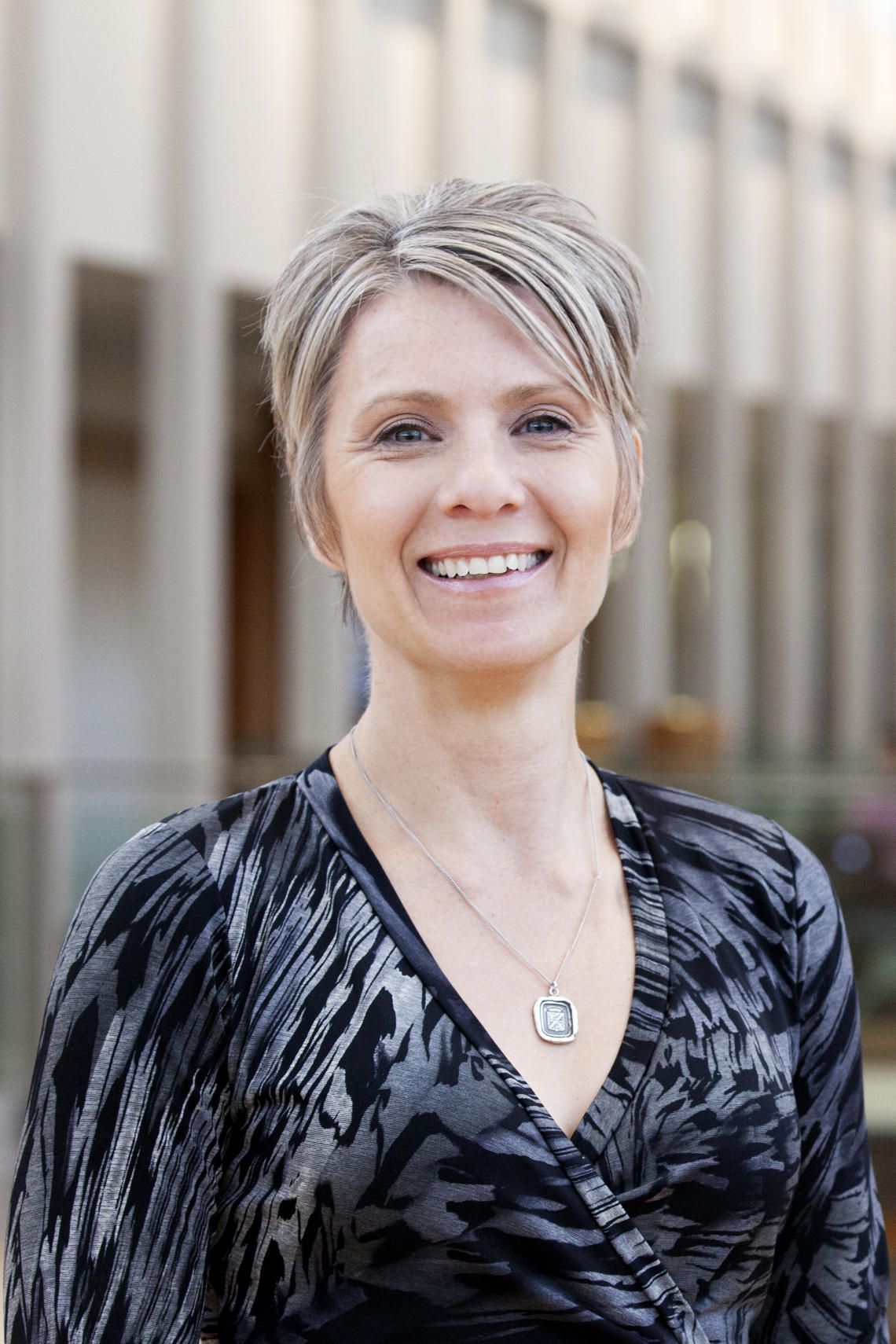
A Framework for the Growth of Teaching Expertise has an open design.
Jan. 2, 2018

A Framework for the Growth of Teaching Expertise has an open design.
There is a myth that talent is an innate quality bestowed only on the chosen few. We aggrandize great artists, musicians, writers and athletes for possessing some essential greatness that is required for success. This same logic is often applied to great teachers, but as in the case of other professions, such logic stems from myth.
So argues a small group of colleagues who have been exploring what it means to develop teaching expertise. As the University of Calgary continues to enrich the quality and breadth of learning through its Eyes High vision, these colleagues raise the questions, “What is teaching expertise? How can post-secondary communities encourage, cultivate and foster it?”
Nancy Chick (academic director of the Taylor Institute for Teaching and Learning and University Chair in Teaching and Learning), Natasha Kenny (director of the Educational Development Unit at the Taylor Institute), and Carol Berenson (educational development consultant at the Taylor Institute) have collaborated with their colleagues Leslie Reid, Carol Johnson, David Keegan and Emma Read to engage with these questions. The resulting Framework for the Growth of Teaching Expertise has already achieved far-reaching impact.
Its open design introduces three foundational mindsets — inclusivity, learning-centered philosophy, and collaboration — which connect numerous non-hierarchical, interrelated facets of teaching expertise. The project is deliberately constructed to allow for sharing and adaptation in multiple learning and teaching contexts.
“About a year ago, a group of us from the Taylor Institute and the faculties of Science, Arts, Education, Medicine, and Vet Med decided to address the myth of the 'born teacher',” Chick explains. “We wanted to articulate some of the work that can be done to grow as teachers. We also wanted to capture the complexity of teaching as something that extends well beyond the classroom. Over this year, we developed this framework, which we want people to see as ‘written in pencil’: it is not definitive, or comprehensive, or finished. Instead, we want people to adapt it to their specific contexts and needs and language choices.”
This flexibility lends itself to multiple environments and needs, regardless of discipline or institution.
Framework has external impact
Nicola Simmons, a 2017 3M National Teaching Fellow, past chair of the Educational Developers Caucus and a faculty member at Brock University, testifies to the framework’s institution-crossing potential.
“The framework could be so useful to several groups,” she observes, “but what comes particularly to mind is the way educational developers will be reminded that faculty are developing their practice and perspectives along several lines at once, not just teaching; faculty members will be introduced to the idea that educational leadership and teaching scholarship are components of their ongoing growth.”
Simmons first discovered the framework on TI Connections, the Taylor Institute’s blog. Shortly after the blog post’s publication, excited conversation ensued between academics across institutions.
“Seeing in advance a framework that shows the integration of the aspects of a professor's professional landscape can only help in supporting the process,” Simmons notes.
Kenny also sees the project’s potential for advancing instructors’ potential and growth. “As a framework for facilitating future-oriented conversations, it will help department heads and other campus leaders nurture individual instructors and contribute to teaching and learning cultures across post-secondary education,” she says.
The project is soon to be published in Faculty Focus, and was also presented at the most recent International Society for the Scholarship of Teaching and Learning conference.
Future of a framework for growth of teaching expertise
What exactly will the broader applications look like? Chick outlines some possibilities that came to mind in the framework-sketching process. “Imagine, for instance, a new colleague using it to identify activities for strengthening their teaching, or an experienced colleague finding ways to re-energize their work, or a group of graduate students talking about how they’ll prepare for the role of teaching in their careers, or Heads finding more ways to describe committed teachers in nomination letters or to bring teaching into department meetings, or students seeing how much related to teaching is happening ‘backstage.’”
Ultimately, what a Framework for the Growth of Teaching Expertise promises is a boundless enrichment of teaching and learning experiences, in line with Eyes High — not only at the University of Calgary, but at post-secondary institutions everywhere. How might you imagine sharing or adapting this framework within your own teaching context? The conversation has already started on TI Connections.

Nicola Simmons discovered the Framework for the Growth of Teaching Expertise.
Courtesy Nicola Simmons

The Taylor Institute's Natasha Kenny was involved in developing the framework.
Jessica Snow, Taylor Institute for Teaching and Learning